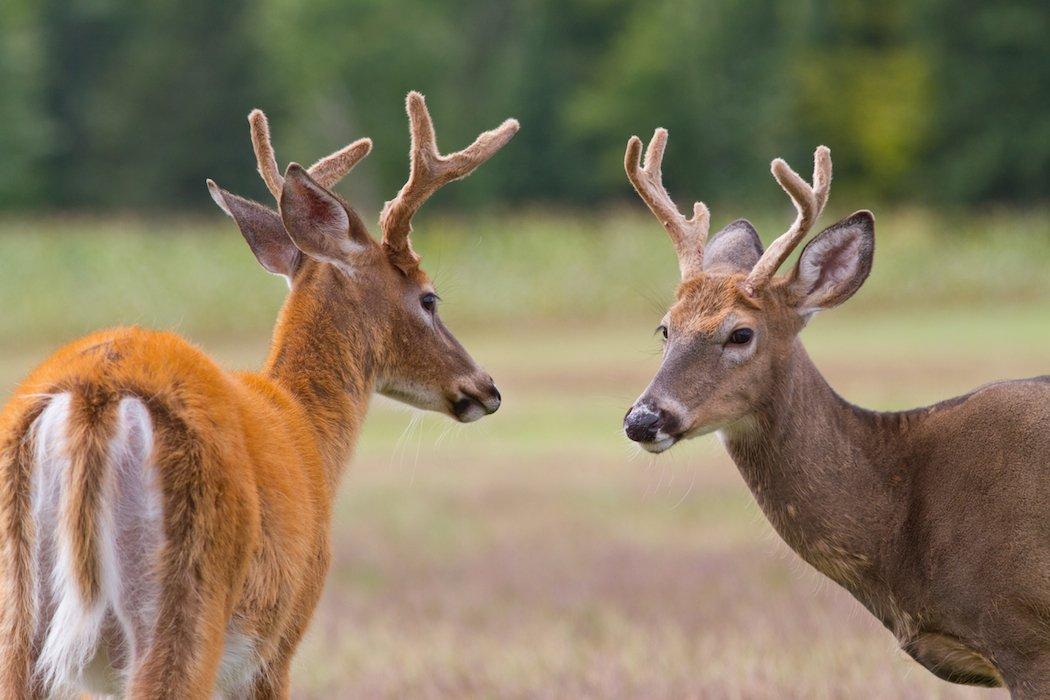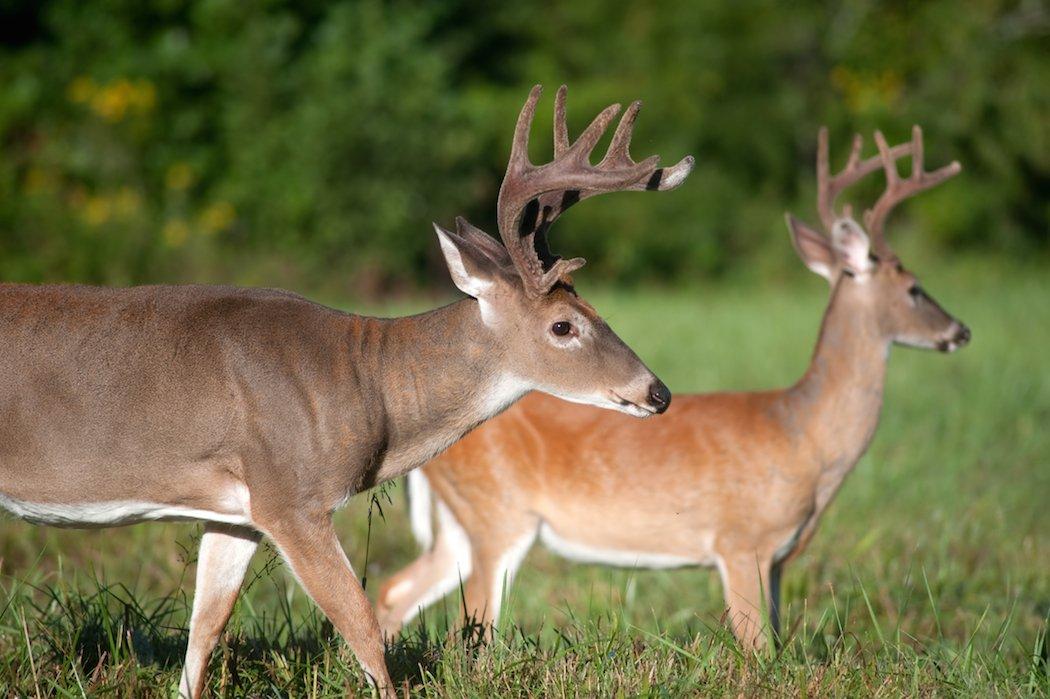7 Things to Know About Bachelor Groups
Seasons are opening up all across the country. August 15 in South Carolina. September 1 in Nebraska. September 5 in Kentucky. It's here. In nine days, I'll be sitting in an oak tree overlooking some Kentucky Alfalfa. And it's highly likely bucks will still be in bachelor groups. Here's what you need to know about them.
1. NUMBERS WILL VARY
Every bachelor group is different. Personally, I've seen as many as seven bucks in a group. For yearling bachelor groups, it's often two. I'm not sure why. But that's what my trail cameras and in-the-field sightings have revealed to me. For mature bachelor groups, the most common range I've seen is three to four.
2. BUCKS GROUP BY AGE CLASS
Bucks assemble in their summertime bachelor groups based on age class. You'll probably see one of two things when you see a bachelor group: a group of mature bucks or a group of young bucks. Very few times will you see a yearling buck running with older deer. When you do, it's an uncommon scenario where they gained acceptance by the boss buck. When this happens, get ready. These older deer have a tendency to take on the habits of their younger cohorts. More on that in a minute.
3. THEY BED CLOSE TO FOOD
Pre-season and early-season bucks bed close to food sources. They'll often bed within 100 yards of their preferred dinner table. If you hunt a state with an early opener, take heed. Be careful not to bump deer when walking to the stand. Pick appropriate entry routes.
4. THEY INFLUENCE ONE ANOTHER
You act like who you're around. The old saying holds true for deer, too. Bucks influence one other on a regular basis. If one leads on something, the others soon follow.

5. LITTLE INTERACTION WITH DOES
Spend enough time watching deer in the evenings, and you'll notice that bucks and does pretty much stick to themselves. The only real exception to this is yearling bucks. You'll often find a single yearling buck traveling with a group of does. This is usually a buck still running with his mother. If they haven't already, does will kick their elder sons to the curb soon enough.
6. HIEARCHY STARTS EARLY
Don't think for a second that bucks won't duke it out because they're a little soft on top. Mature bucks begin sorting the pecking order well before the velvet falls off. They obviously aren't going to lock crowns while in velvet. But bucks are likely to flail hooves, pin ears, raise hairs, stiffen legs, and snort wheeze even during the summer months.
7. THEY BREAK UP
That's right. The bromance is doomed. All great bachelor groups must come to an end. It's sad, really: Seeing six or seven studs over 140 that all but vanish in a day. But hey, that's just the way it is.
Once the boys go their separate ways, it's time to buckle down and find the one that wants to play. They likely didn't go far. But they did change their patterns. Hang cameras on trails between heavy bedding cover and the current food source of choice.
Best take advantage of bachelor group tendencies while you can. It won't be long before the velvet comes off and everything changes.







